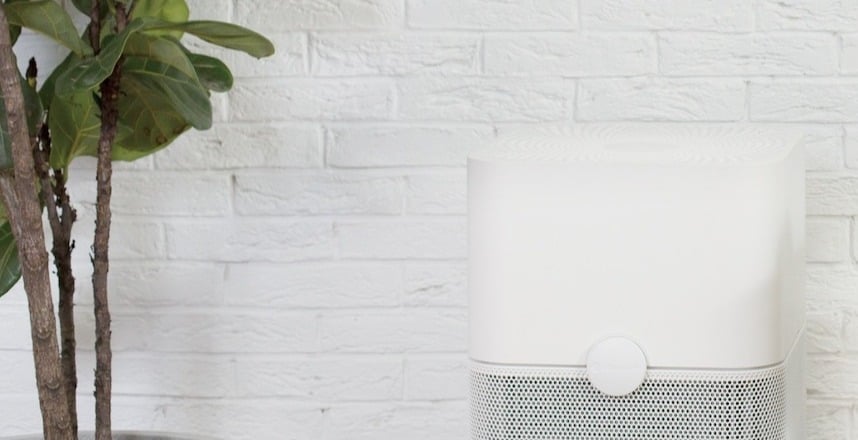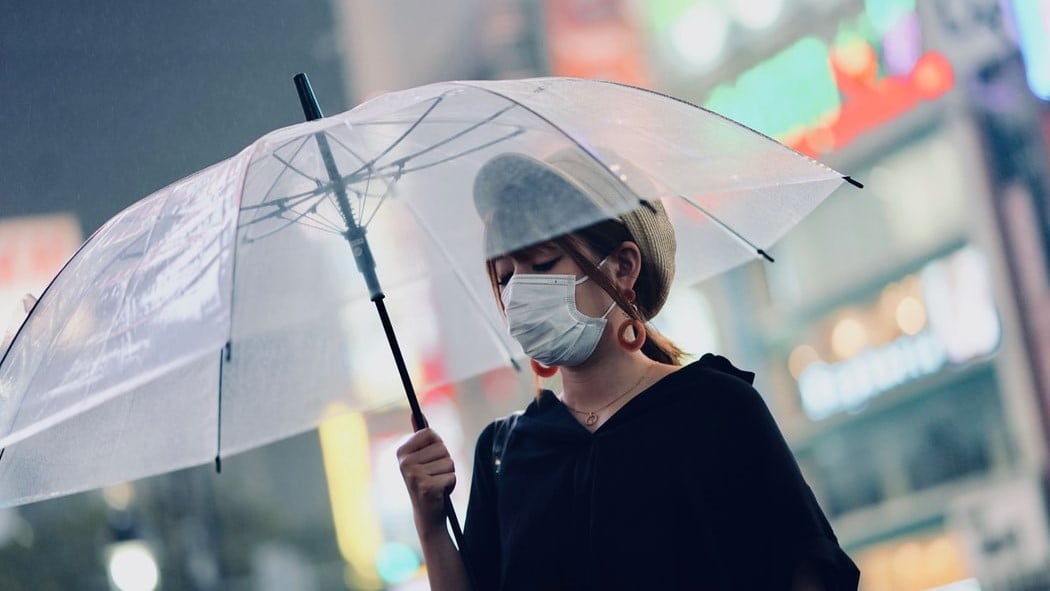Newsletter
It’s a well-known fact that pollution from power plants, vehicles, and outdoor machines contribute to impure air. As a result, many of us assume that the air we breathe outdoors is the most polluted air we come across throughout the day.
Unfortunately, that’s not the case. Not even close.
Today, indoor air is a major health concern. Pollution levels inside our homes can be 2-5x times higher than outdoor pollution. This stands true for people living both in urban and rural areas. Modern conveniences and household products are contributing to the degrading indoor air quality inside our homes. The need to protect our indoor air quality is growing.
Outdoor Air Continuously Contaminates Indoor Air
Outdoor pollutants are continuously entering our homes and making the indoor air even more polluted. Additionally, everyday activities—like cooking and cleaning—are also emitting a number of pollutants that affect indoor air quality.
Ventilation is the main cause of concern when it comes to outdoor pollution creeping inside. Opening a door or airing out a room provides external pollutants the opportunity they need to migrate throughout your home. Other ventilation issues that contribute to pollution include kitchen fans. While the intent of this device is to help clear air contaminants from your kitchen, it may actually be letting outdoor pollutants inside.
These tiny pollution particles find their way inside through countless openings around the home. They infiltrate through joints, cracks in walls, floors, and ceilings. They find small openings around windows and doors.
Impure Indoor Air Severely Affects Human Health
We often take coughing and wheezing as symptoms of a cold. However, these symptoms can also be a side effect of inhaling contaminated air. If the level of pollution inside your home is high, you might experience breathing problems, nose irritation, eye irritation, inflammation of the airways, headache, dizziness, and fatigue.
Long-term exposure to impure air can severely impact the respiratory system. When inhaled, tiny pollution particles enter the lungs and bloodstream. This can lead to asthma, inflammation, and reduced lung functionality. Exposure to pollutants like PM2.5, can even trigger lung cancer when inhaled.
Weatherizing & Air Purification
Traditionally, weatherizing the home involves sealing air leaks to help maintain internal temperatures. It can also reduce the amount of outdoor pollution that seeps into the home. Though the process generally helps with outdoor pollutants, it can cause indirect problems related to indoor air quality. Confused?
Outdoor air can’t get in, but indoor air can’t get out. That means that pollutants emitted from common household products are trapped inside. Items such as scented paints, perfumes, air fresheners, hobby supplies, and printers, are known to emit a large number of VOCs inside. To protect your home, it’s important to consider both weatherization and indoor air purification. This will help keep outdoor pollutants at bay and also maintain higher indoor air quality.
How do you know if your indoor air is pure?
There can still be significant levels of pollutants present even after we take various preventive measures. This happens because these pollutants are a result of outdoor air entering our home and they also stem from various indoor products. In order to purify air contaminants, you need to know their sources and stop them. Monitoring the air inside your homes is the first step in effectively managing indoor air quality. Once you know what pollutants you’re fighting against, you then know which tools and resources to use.






.png?width=200&height=148&name=Menu%20C%20(2).png)

.png?width=307&height=228&name=Menu%20-%20D%20(1).png)
.png)




